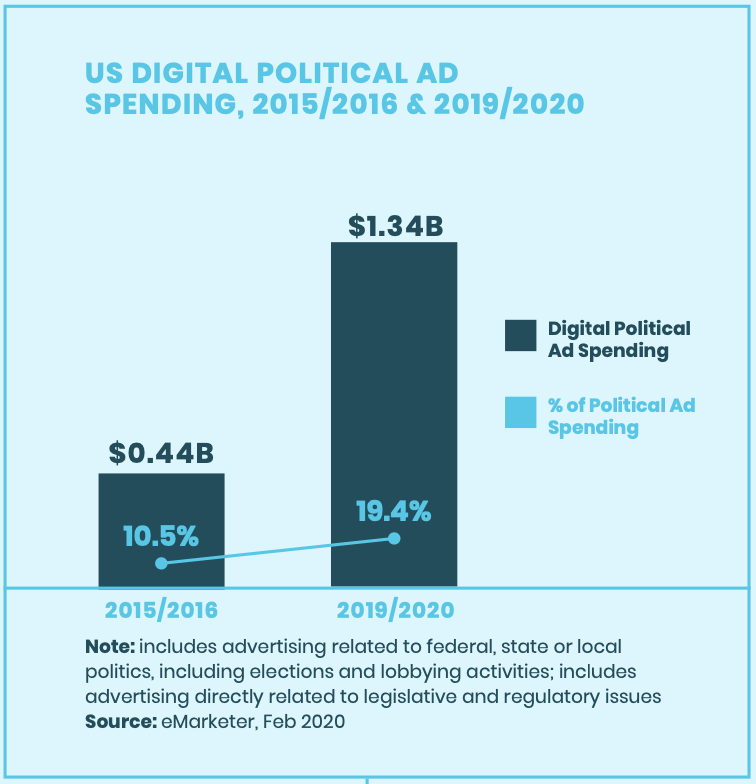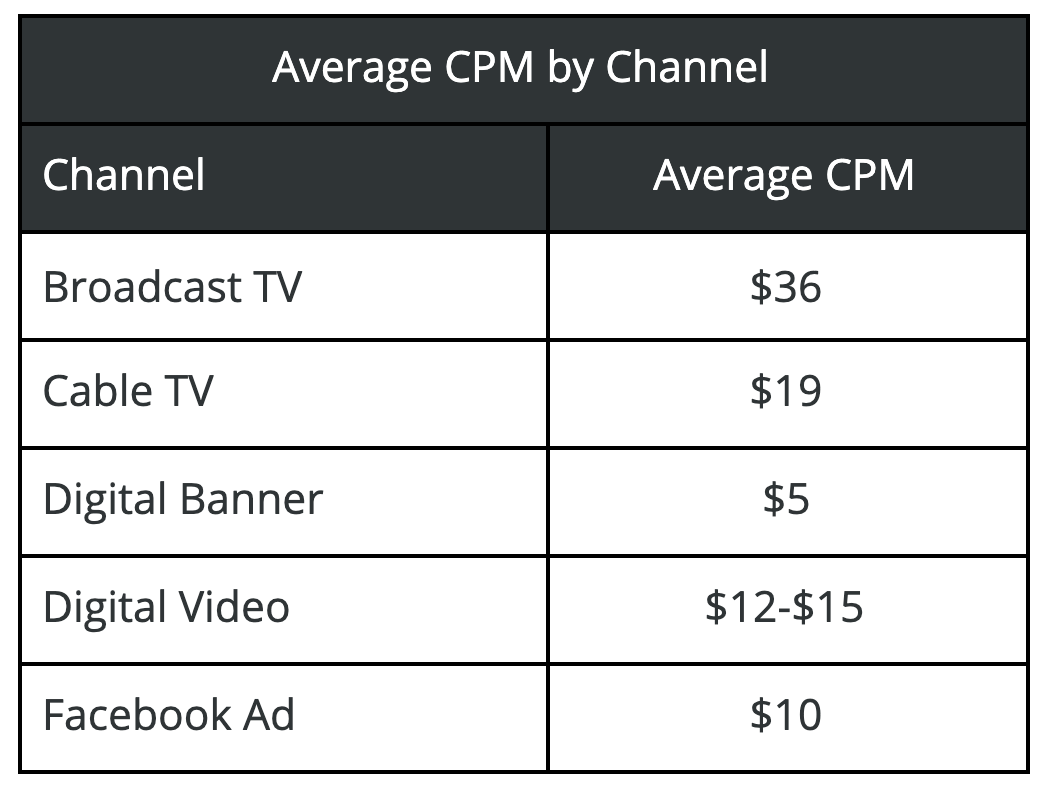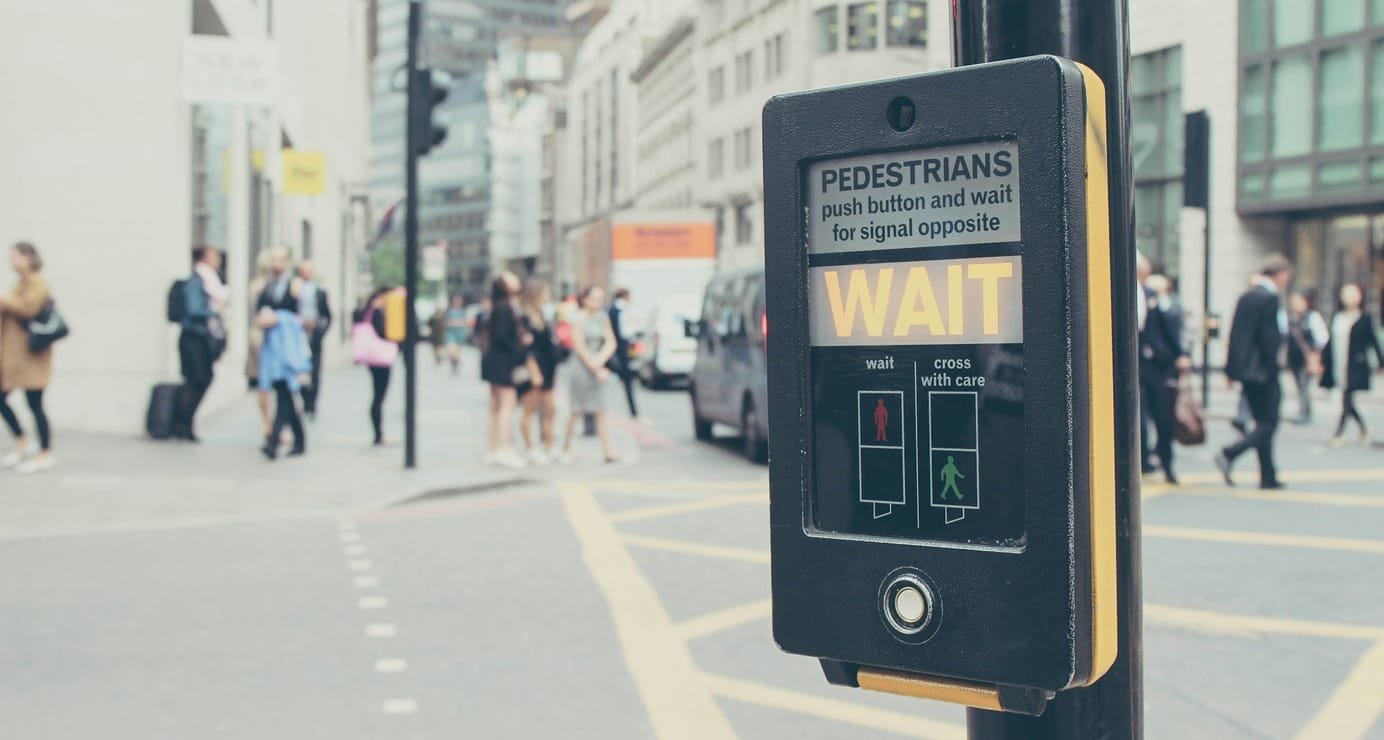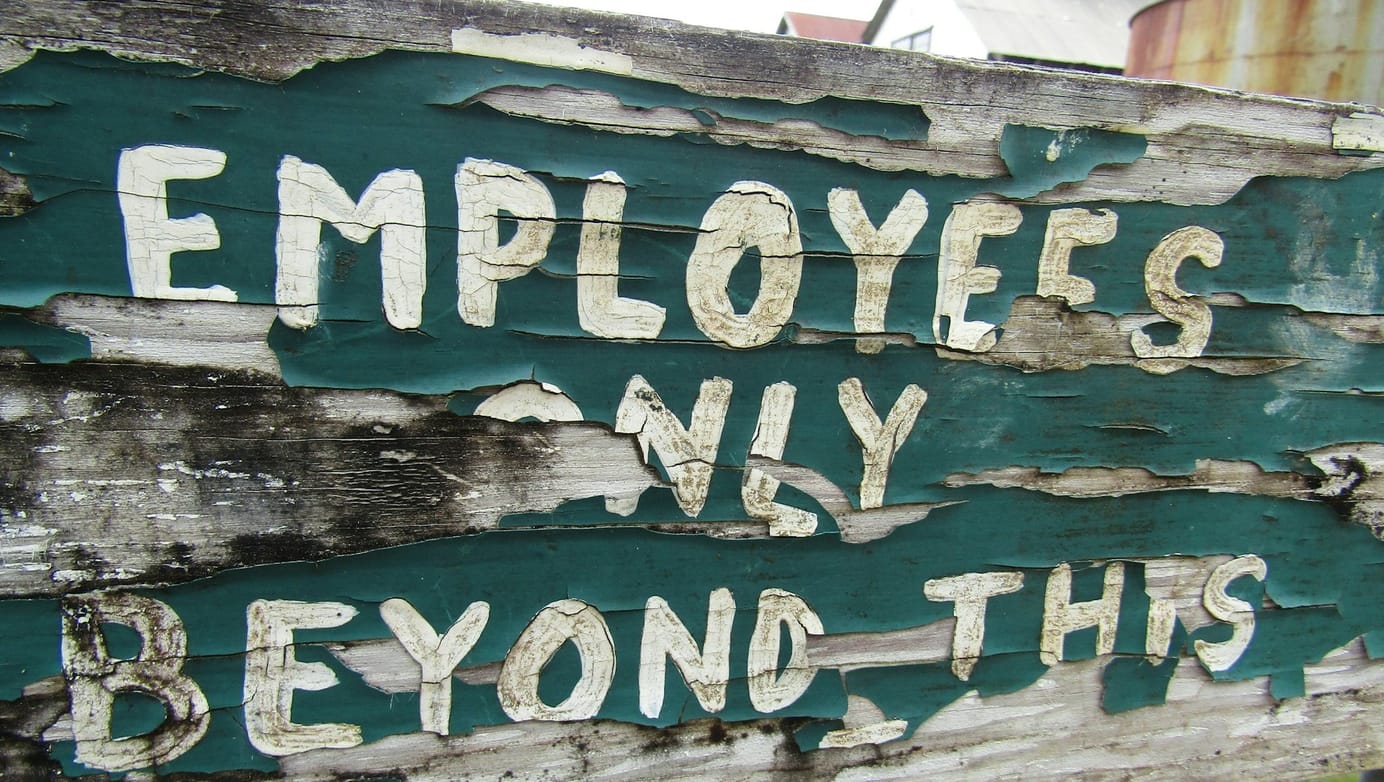
Transforming Reach for a New Era of Political Marketing
Marketing Matters
Table of Contents
As I’ve discussed, the Democratic party needs an overhaul of its marketing efforts. Granted, some politicians are killing the game when it comes to marketing and messaging. But for Democrats to resurrect their brand on a national scale and hold the House and Senate in 2022, it needs a full party effort.
Today, I want to talk about reach, one of the three components of developing a strong brand. Reach is the simplest and most effective tool in your marketing toolbox. If you have a strong message, then it comes to reason that the more people you can reach, the more people you can persuade. But that’s not how political strategists are approaching reach. In fact, the archaic political consultant view is still dominant in a dramatically changing landscape.
Politics are not keeping up with the marketing industry at large. In the 2020 elections, TV was still the channel with the highest political ad spend. Granted, digital ad spend has risen dramatically, with over triple the ad spend in the 2020 cycle compared to 2016. But that’s a flash in the pan when compared to the private sector. Political campaigns spent 20% of their paid media dollars on digital ads, compared to the private sector where 55% of ad spend is dedicated to digital.

Breaking Down the Numbers & the Waste
Now, why exactly is that a bad thing to over-invest in TV? Well, let’s look at the cost.
The most universally recognized way to price advertising is as a CPM, which is the cost for reaching a thousand people. On Facebook, the average CPM is $10, which means you can reach 10,000 people for $100 or 1 million people for $10,000.

You might be thinking, video is always going to be more expensive and the cost between cable TV and digital video isn’t that bad? But let’s think about it in the context of a real campaign. Let’s say you want to spend $1 million on each channel. How many people can you reach with $1MM? On average, you can reach 75MM people through digital video, 52MM on cable TV, and a measly 27MM on broadcast TV. That means with the same amount of money, you are reaching nearly 50MM fewer people on broadcast TV. That’s a huge waste of your money when a candidate is working tirelessly to raise every dollar they can.
Now couple digital video spend with standard digital banner ads and you can easily reach the entire population of the US at least once with only $2-3 million. To non-advertisers, that may sound like a lot, but political ad spending topped $8.5 billion with a capital B in 2020.
Consumption is Changing
On top of the cost issues, TV is not where people are anymore. We’re in a radically different world than in the 2000s when TV was dominant.
Traditional television has been in decline for the last decade. There are 31.2 million US households that have cut the cable TV cord by the end of 2020. The pandemic added 6.6 million cord-cutters in 2020 alone.
Digital is where it’s at. Americans are spending nearly double their time on digital media than traditional platforms like TV and radio. On average, Americans spend 8 hours a day with digital media compared to 5 hours for traditional media. In 2011, the opposite trend was occurring and digital has only grown from there. By 2018, digital had surpassed traditional media in hours watched. The pandemic has accelerated these trends and there’s no proof it's slowing down after the pandemic.
For video, people no longer distinguish between TV and digital. Streaming shows like Disney+’s WandaVision are more popular than the current broadcast TV slate of shows (what’s on CBS and NBC nowadays anyway?). In 2021, HBOMax is even debuting their movies on its platform at the same time they’re released in theaters. Shows on Hulu and even YouTube have the same production quality as traditional TV and they are ad-supported.
Organizing an Effective Media Strategy
When you consider the cost and American media consumption behavior, it’s a no-brainer to invest more heavily in digital. You’re paying less to reach the same people in a place where the audience is spending time and engaging more.
Now, it’s important to note that every campaign is going to be different and therefore requires a unique media strategy. Depending on the type of election (local, state, national), geography (urban, rural), and audience (demographic makeup), a candidate's digital budget will vary. For a candidate in a state like Texas, which is extremely expensive to run TV ads in, you probably want to invest more heavily in digital video to get your message out. Whereas in a rural, local election, it might make more sense to run local TV ads in the area during the 6 o’clock news or on the radio because you know those most likely to vote are watching.
Regardless of the type of campaign, when it comes to marketing, you have to meet the people where they are, which is digital. Democrats have been leaving their most valuable channel on the table. Without the guardrails of the old political consultant-think, Democrats have the opportunity to expand their reach amongst the most important audiences. Through digital, they can energize their base, while simultaneously reaching out to swing voters on the issues that they care most about.
Democrats have the opportunity to transform their outreach efforts by investing in less expensive advertising that will effectively reach and persuade their constituents.
🌱 the roots of change newsletter 📚 Newsletter
Join the newsletter to receive the latest updates in your inbox.







